by Noella Noelophile®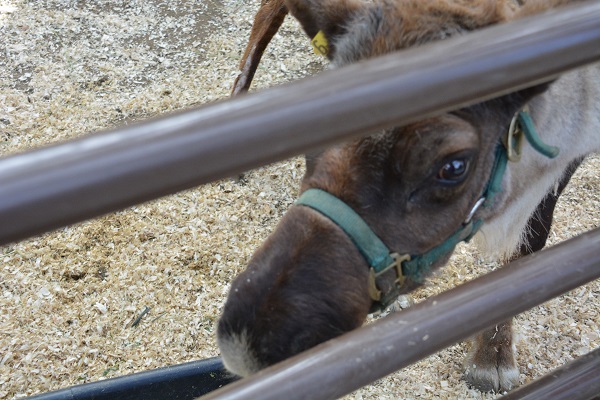
Nick loves graham crackers and carrots. He has a young son and daughter. And he’s spending Christmas in Los Angeles.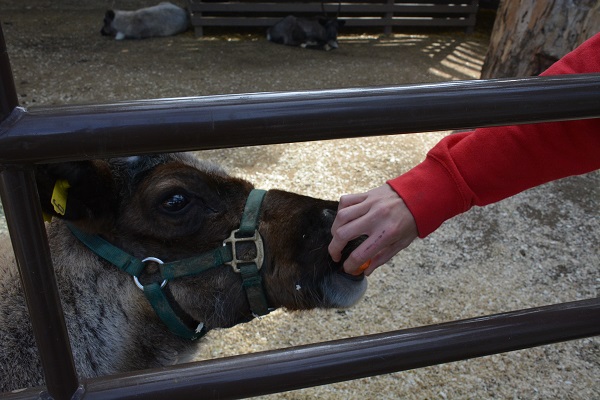 Although he looks like a teddy bear, up close, Nick is technically a rangifer tarandus. But it’s a whole lot easier to call him a reindeer.
Although he looks like a teddy bear, up close, Nick is technically a rangifer tarandus. But it’s a whole lot easier to call him a reindeer.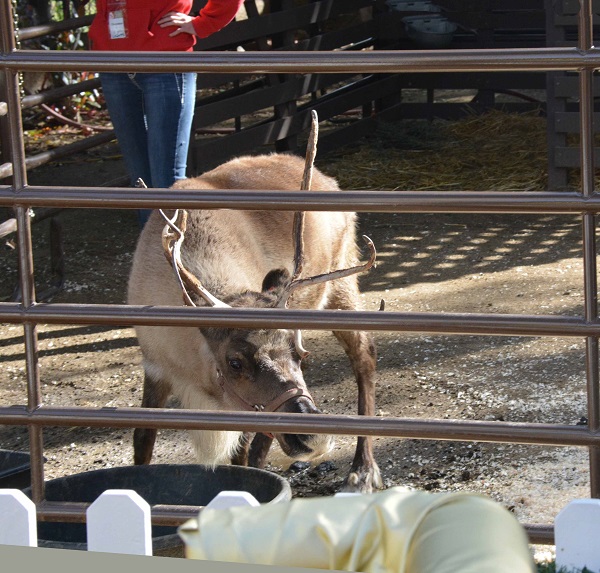 And from now through January 8th, you’ll get to see Nick and his family at the L.A. Zoo–the only place in Los Angeles where you can see live reindeer! As the zoo hosts their annual “Reindeer Romp“, Nick, his mate “Holly” and their two six-month-old fawns–a male and a female–will be waiting to meet you. (And if you go today or tomorrow, you get to try to name the babies! Here’s a link to the Zoo’s “Reindeer Names Contest”.)
And from now through January 8th, you’ll get to see Nick and his family at the L.A. Zoo–the only place in Los Angeles where you can see live reindeer! As the zoo hosts their annual “Reindeer Romp“, Nick, his mate “Holly” and their two six-month-old fawns–a male and a female–will be waiting to meet you. (And if you go today or tomorrow, you get to try to name the babies! Here’s a link to the Zoo’s “Reindeer Names Contest”.)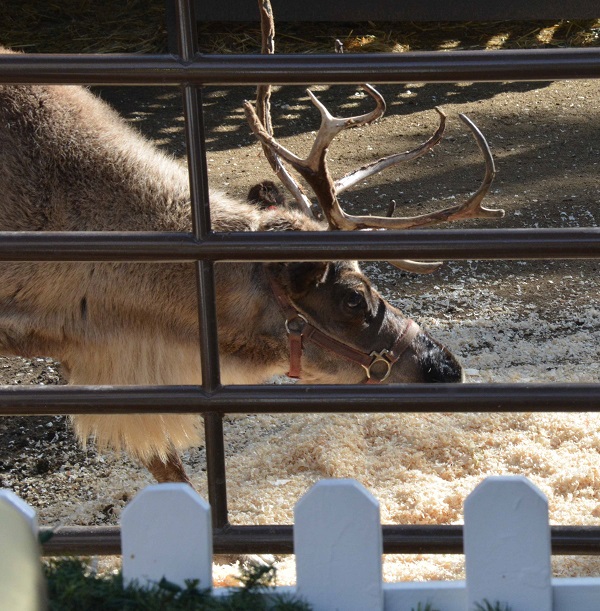 Of course, at this time of year, we’re hearing a lot about reindeer. But, what are they really like?
Of course, at this time of year, we’re hearing a lot about reindeer. But, what are they really like?
“They’re a unique species,” said Josh Sisk, Curator of Mammals at the Los Angeles Zoo. “They’re the only deer species where both male and female have antlers.”
Josh touched on a fact that surprises a lot of Zoo visitors. “A lot of times, people will come here and they’ll see the female, and think, oh, that’s obviously a male, since he has antlers, and believe it or not, it’s actually a female.”
That’s because female reindeer will keep their antlers until spring, Josh explained. Males lose theirs at this time of year. “So if you see reindeer with antlers pulling a sleigh, they’re all female reindeer.”
“So if you see reindeer with antlers pulling a sleigh, they’re all female reindeer.”
Holly and Nick are about four and eight years old, respectively. Josh said that, while reindeer are a subspecies of caribou, they’ve been a little domesticated. “So they’re very much cowlike, even though they’re a deer. They’re very gentle.”
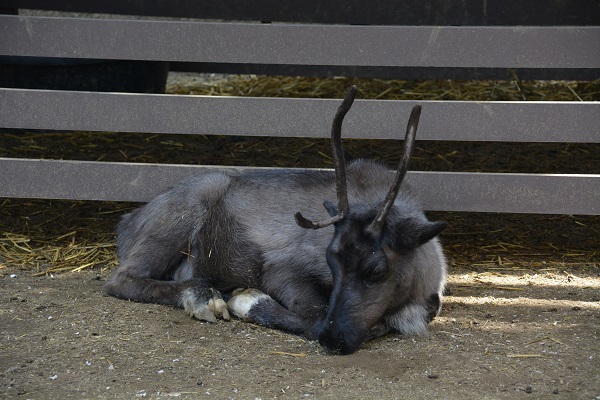 And sleigh-pulling isn’t restricted to Santa. “A lot of the indigenous people in Northern Asia and Canada will actually use them for pulling sleighs, working…they’re almost kind of a farm animal, actually.”
And sleigh-pulling isn’t restricted to Santa. “A lot of the indigenous people in Northern Asia and Canada will actually use them for pulling sleighs, working…they’re almost kind of a farm animal, actually.”
Josh says Holly and Nick are from a facility up north that raises reindeer, and which brings them down every year for the Christmas season. However, the deer don’t stay past early January, as Southern California temperatures get too warm.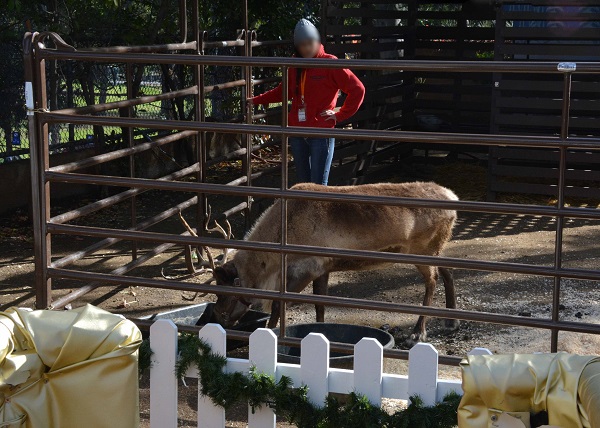 As far as the care and feeding of reindeer goes, Josh says, they’re “pretty easy to take care of”.
As far as the care and feeding of reindeer goes, Josh says, they’re “pretty easy to take care of”.
“They eat a lot of hay, they get a pellet feed, it’s just a lot of cleaning…Like a cow, they’re a lot to clean up after.”
The Zoo’s accommodations, for Holly and Nick and their family, include a very Southern Californian amenity.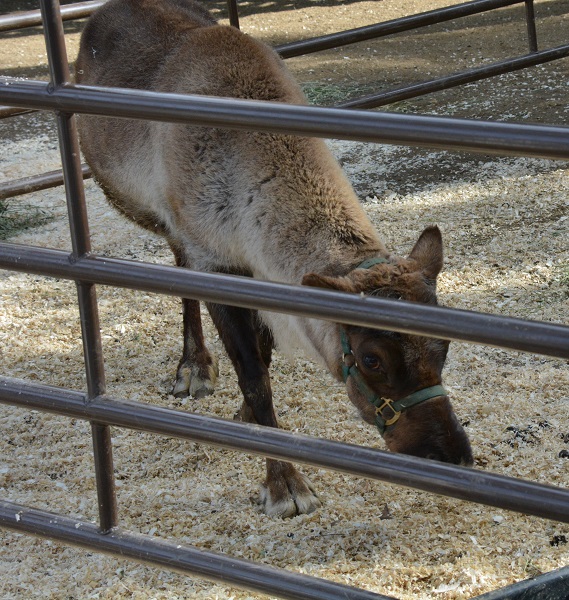 “They love splashing around in water, so the keepers make sure they have a pool available,” Josh said.
“They love splashing around in water, so the keepers make sure they have a pool available,” Josh said.
Reindeer, he explained, have a natural instinct to break ice with their hooves. “You’ll put a tub of water in there, and they’ll actually get their feet in there and start splashing around in the water.”
While the “Reindeer Romp” is an annual event at the L. A. Zoo, Josh says this year’s event is especially festive.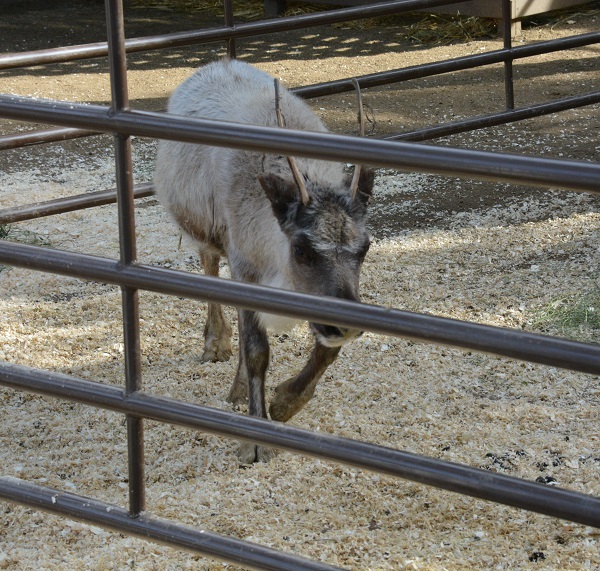 “This is the first year we’ve had such young (fawns),” he explained.
“This is the first year we’ve had such young (fawns),” he explained.
And like any youngsters, the six-month-old fawns are playful, and can be mischievous.
“I’ve been in there a couple of times feeding them, they’ll kind of run up behind you and kind of hit you with their horns, then take off running,” Josh said. “It makes for a lot of fun.”
For Josh, the most exciting part of “Reindeer Romp” is seeing visitors’ reactions.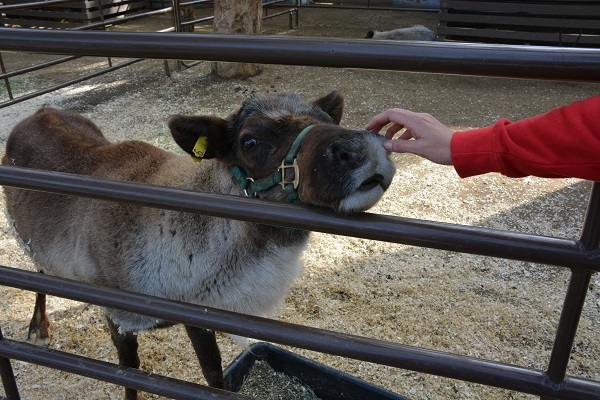
“I think the most amazing thing is, when people come to the Zoo, one of the things we hear a lot is, that they didn’t realize that reindeer really exist. So it’s exciting for us to be able to (educate people) and…say, “No, actually, these are real reindeer.”
“They’re a real symbol of the season and the holidays, and it’s just to get you in that spirit.”
